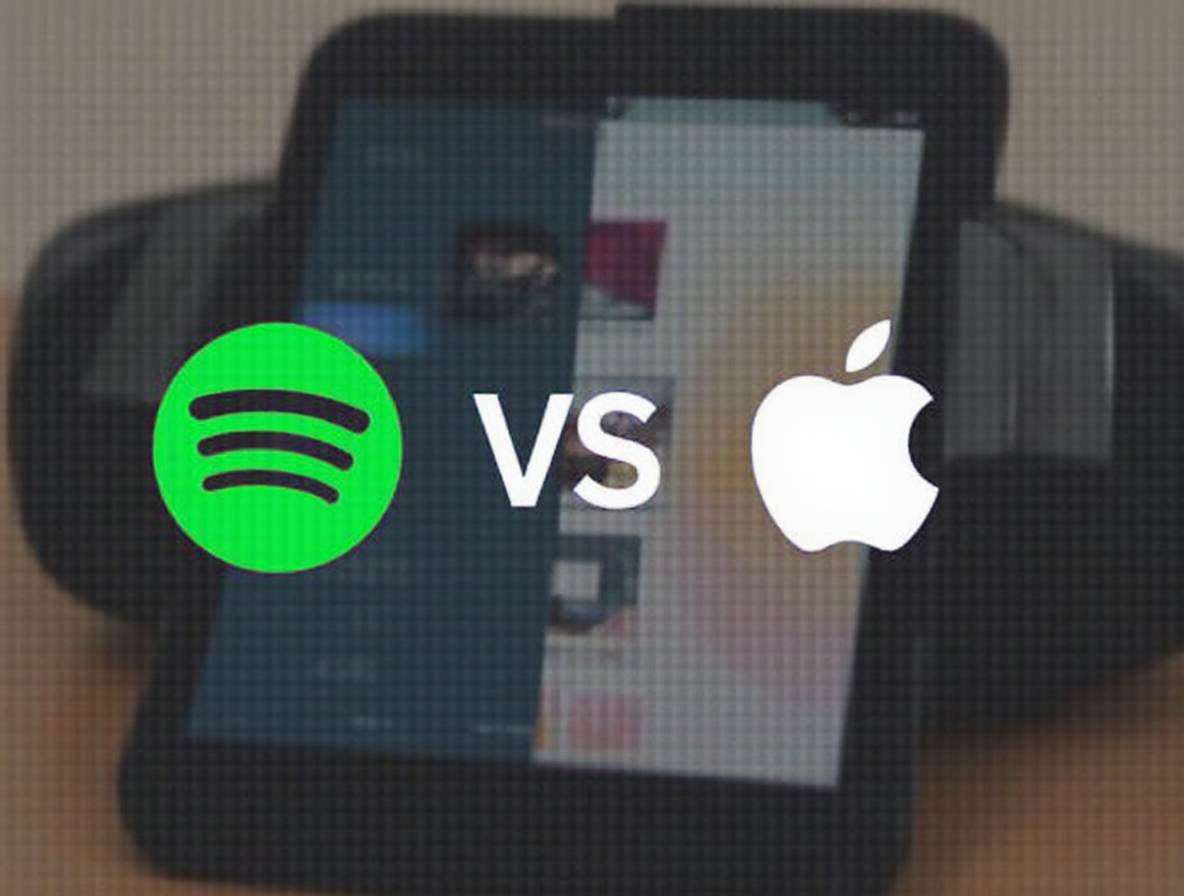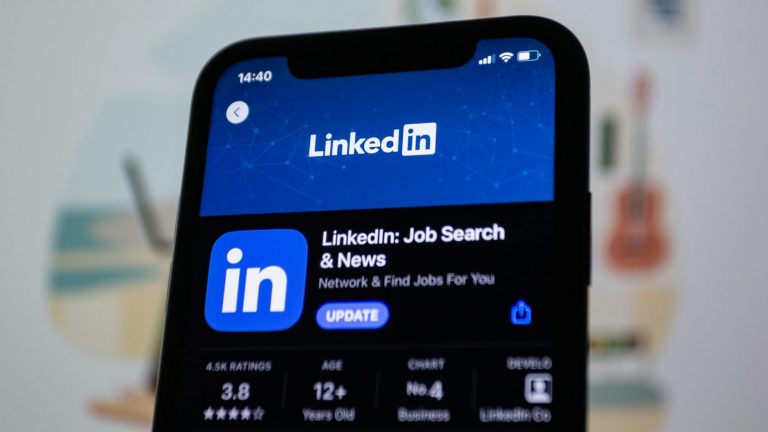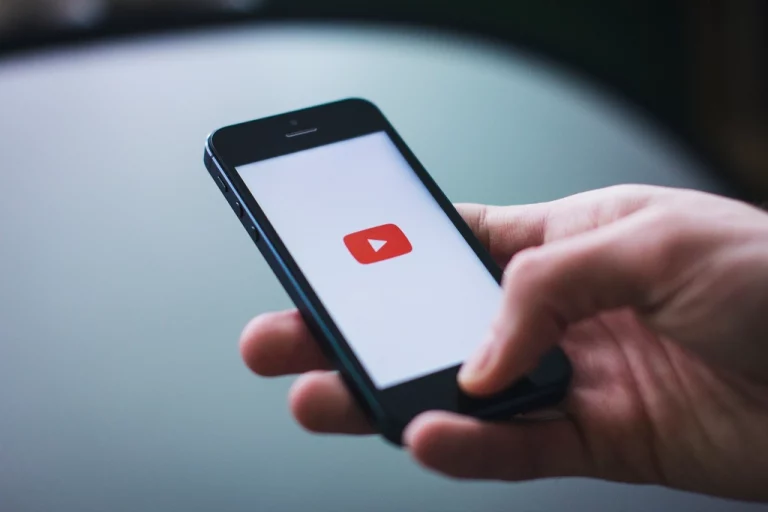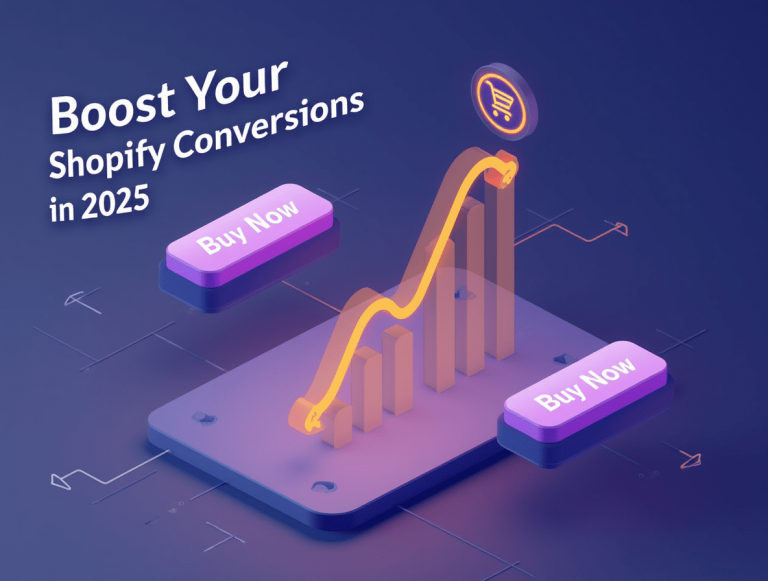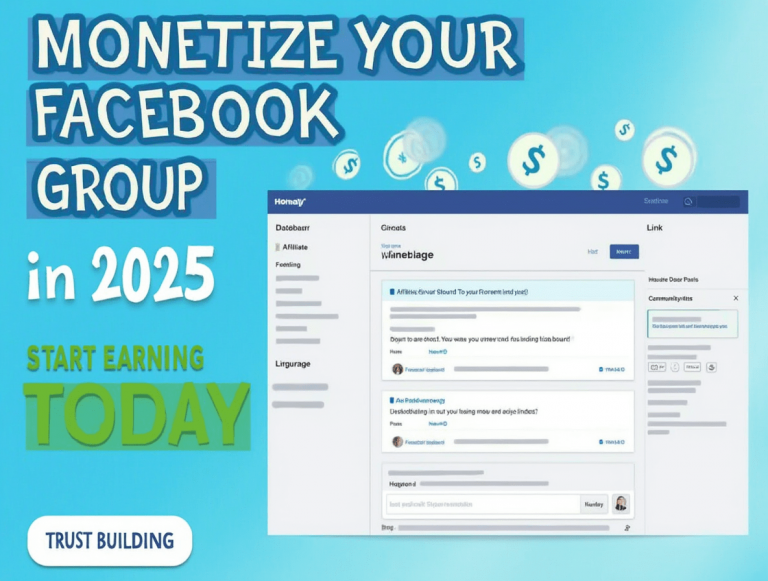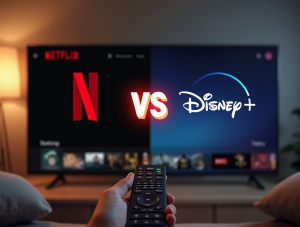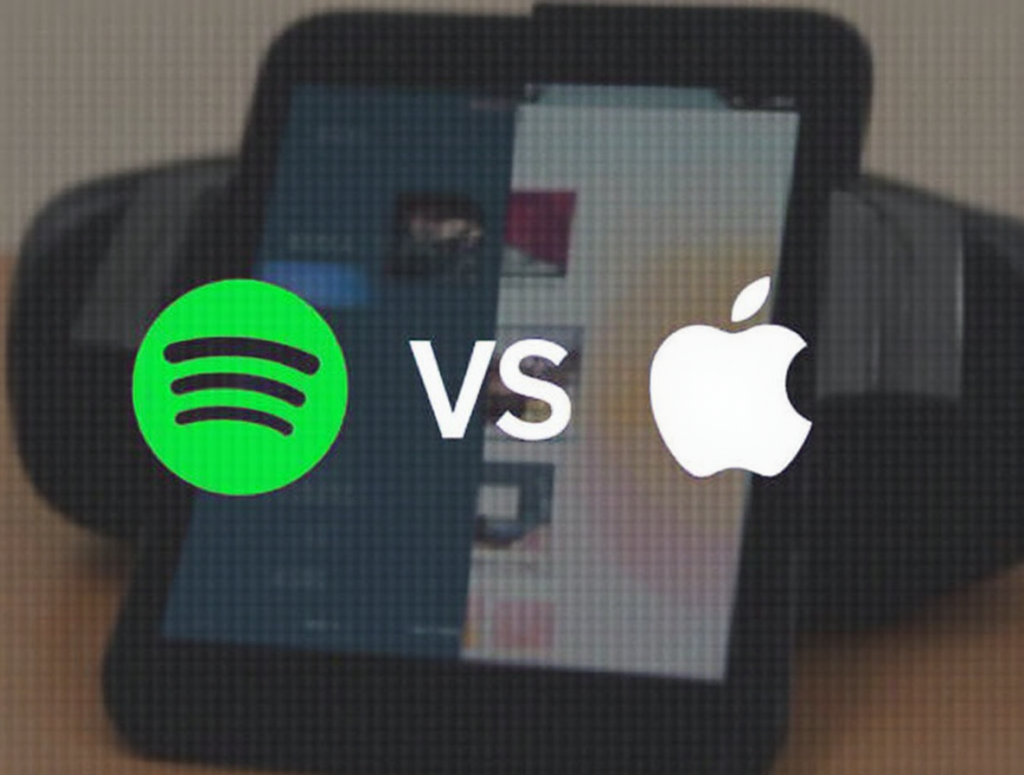
In today’s digital landscape, music streaming has fundamentally transformed how we discover and consume music. According to recent industry data, over 600 million people worldwide now subscribe to music streaming services, with the average listener streaming more than 25 hours of music weekly. At the forefront of this audio revolution stand two dominant platforms: Spotify, the Swedish streaming pioneer, and Apple Music, the tech giant’s formidable competitor.
Many music enthusiasts find themselves caught between these leading services, unsure which platform will best serve their listening habits and preferences. Does Spotify’s algorithmic prowess and social integration outweigh Apple Music’s exclusive content and ecosystem integration? Is Apple’s sound quality advantage worth sacrificing Spotify’s discovery features? This comprehensive comparison cuts through marketing claims to examine how these streaming giants truly perform across the features that matter most to serious music listeners—from audio quality and catalog depth to personalization and platform compatibility.
Music Library and Content Offerings
Catalog Size and Exclusivity
Both services boast impressive libraries, though with different strengths:
Spotify Library:
- Approximately 100 million tracks (including user-generated content)
- 5 million+ podcast titles with exclusive deals
- Growing collection of audiobooks (premium feature)
- Stronger representation of independent and emerging artists
- Limited exclusivity deals but fewer high-profile exclusives
Apple Music Library:
- Over 100 million tracks (curated professional content)
- No integrated podcast platform
- Limited audiobook integration (separate from Apple Books)
- Stronger major label relationships
- More frequent exclusive releases and early access content
While the raw numbers appear similar, catalog composition differs meaningfully. Spotify includes more user-generated content, remixes, and indie releases, while Apple Music maintains stricter quality controls and more frequent major artist exclusives.
Content Beyond Music
Spotify has aggressively expanded beyond music:
- Extensive podcast library with exclusive shows
- Audiobook offerings (for additional purchase or with premium tiers)
- Video content integration
- Live audio rooms and events
- Lyrics and background information
Apple Music maintains a more focused approach:
- Core focus on music content
- Integrated time-synced lyrics
- Music videos and occasional documentaries
- Radio stations including Apple Music 1 (formerly Beats 1)
- Artist interviews and exclusive sessions
Spotify’s strategy clearly aims to become an all-encompassing audio platform, while Apple Music remains primarily focused on delivering a premium music experience.
Sound Quality and Technical Performance
Audio Quality Comparison
Audio quality represents a significant differentiation point:
Spotify Audio Options:
- Standard quality: 128 kbps (free tier)
- High quality: 320 kbps AAC (Premium)
- Spotify HiFi: Lossless tier announced but still pending release as of early 2025
- No spatial audio support currently
Apple Music Audio Options:
- Standard quality: 256 kbps AAC
- Hi-Resolution Lossless: Up to 24-bit/192 kHz (included at no extra cost)
- Spatial Audio with Dolby Atmos support
- Digital Masters program for studio-quality sound
Audio enthusiasts consistently rate Apple Music’s sound quality superior in blind tests, particularly with its lossless and spatial audio offerings included in the standard subscription price.
Streaming Performance
Both services perform well under typical conditions:
- Spotify excels with adaptive streaming technology that adjusts quality based on connection strength, making it more resilient on unstable connections
- Apple Music performs better in high-bandwidth environments but may experience more interruptions when connectivity fluctuates
Spotify’s technical architecture prioritizes streaming continuity, while Apple Music optimizes for consistent quality, creating different user experiences depending on network conditions.
User Interface and Experience
Mobile Application Design
Mobile experience represents the primary access point for most users:
Spotify Mobile Experience:
- Darker, more compact interface design
- Home feed featuring mixed content types
- Prominent podcast and playlist discovery
- Quick access to recently played content
- Social activity integration
Apple Music Mobile Experience:
- Brighter, more spacious visual design
- Greater emphasis on album art and visual elements
- Listen Now feed with personalized recommendations
- Dedicated radio section
- Cleaner separation between functions
Spotify’s interface prioritizes content discovery and activity, while Apple Music focuses on visual presentation and organized browsing.
Desktop and Web Experience
Desktop usage reveals further distinctions:
Spotify Desktop Options:
- Standalone application with robust functionality
- Feature-complete web player
- Connected device control (“Spotify Connect”)
- Collaborative playlist editing
- Social sharing integration
Apple Music Desktop Options:
- Integration with Apple Music app (macOS) or iTunes (Windows)
- Web player with limited functionality
- AirPlay device control
- Library management tools
- iCloud synchronization
Spotify generally delivers a more consistent cross-platform experience, while Apple Music offers deeper integration within the Apple ecosystem but less refined experiences elsewhere.
Personalization and Discovery
Algorithmic Recommendations
Content discovery represents a critical differentiator:
Spotify Discovery Features:
- Discover Weekly personalized playlist
- Release Radar for new music from followed artists
- Daily Mix algorithmic playlists by genre/mood
- Genre and mood browsing categories
- “Enhance” playlist feature
Apple Music Discovery Features:
- New Music Mix weekly recommendations
- Get Up! Mix for energetic music
- Favorites Mix from library selections
- Station creation from any song/artist
- “Similar Artists” recommendations
Spotify’s recommendation algorithm consistently receives higher praise for accuracy and discovery potential, particularly for introducing users to new artists based on listening patterns.
Human Curation
Both services balance algorithms with human expertise:
Spotify Curation:
- Editorial team creating thousands of mood/activity playlists
- Genre specialists for authentic representation
- Partnership with media outlets for playlist creation
- Artist-curated playlists
- Community playlists and user submissions
Apple Music Curation:
- Larger editorial team with music industry backgrounds
- Global curator network for regional authenticity
- Apple Music Radio with DJ-led programming
- Artist spotlights and exclusive content
- Focus on editorial voice and perspective
Apple Music places greater emphasis on human curation and editorial perspective, while Spotify balances algorithmic and human approaches more evenly.
Social Features and Community
Sharing and Connectivity
Social integration varies significantly between platforms:
Spotify Social Features:
- Friend activity feed showing real-time listening
- Collaborative playlist creation
- Easy sharing to social media platforms
- Profile following and public playlists
- Integration with dating apps and third-party services
Apple Music Social Features:
- Profile creation with limited visibility
- Playlist sharing capabilities
- “Friends Mix” based on connections’ listening
- Artist following for updates
- Less prominent social functionality
Spotify clearly prioritizes social connection as a core platform feature, while Apple Music treats social functionality as supplementary.
Community and Culture
Platform culture has evolved distinctly:
- Spotify has developed stronger community features with user-generated content, playlist exchange communities, and third-party integration
- Apple Music emphasizes artist-to-fan connection through exclusive content, interviews, and curated experiences
These different approaches attract different user demographics, with Spotify typically appealing to more socially-oriented listeners.
Ecosystem Integration and Device Support
Platform Compatibility
Device support impacts accessibility and convenience:
Spotify Compatibility:
- iOS and Android mobile apps
- Windows and macOS desktop apps
- Web player for browser access
- Smart speaker integration (all major brands)
- Gaming console apps
- Smart TV and streaming device support
- Wearable device integration
Apple Music Compatibility:
- iOS and Android mobile apps
- macOS integration and Windows iTunes/Apple Music app
- Web access with limited functionality
- HomePod native integration
- Apple TV integration
- Apple Watch offline playback
- Limited third-party smart speaker support
Spotify offers broader third-party device support, while Apple Music provides deeper integration within the Apple ecosystem.
Smart Assistant Integration
Voice control represents an increasingly important feature:
- Spotify works with all major voice assistants but with varying levels of functionality
- Apple Music integrates deeply with Siri but has limited functionality with other assistants
The difference is particularly meaningful for smart home users committed to specific ecosystems.
Pricing and Value Proposition
Subscription Options
Both services offer various subscription tiers:
Spotify Pricing Structure:
- Free tier with advertisements and limitations
- Individual plan: $10.99/month
- Duo plan (2 accounts): $14.99/month
- Family plan (6 accounts): $17.99/month
- Student plan: $5.99/month
- Premium HiFi tier anticipated (price unannounced)
Apple Music Pricing Structure:
- No permanent free tier (3-month trial only)
- Individual plan: $10.99/month
- Family plan (6 accounts): $16.99/month
- Student plan: $5.99/month
- Voice plan (Siri-only): $4.99/month
- All plans include lossless and spatial audio
Spotify’s free tier represents a significant advantage for casual listeners, while Apple Music offers better value for audiophiles seeking premium sound quality.
Value-Added Features
Additional benefits enhance value propositions:
Spotify Added Value:
- Free tier availability
- Bundling options with other services
- Frequent promotional offers
- Student bundle with Hulu and Showtime
- Third-party integration possibilities
Apple Music Added Value:
- Included lossless audio at no extra cost
- Apple One bundle options
- Deeper iOS integration
- Lyrics licensing for all tracks
- Full music video library
Artist Compensation and Industry Impact
Payment Models
Artist compensation has become increasingly important to ethical consumers:
Spotify Payment Approach:
- Pro-rata payment model based on total streams
- Approximately $0.003-0.005 per stream (varies by region/plan)
- Controversial algorithmic placement and playlist inclusion
- Additional creator tools and metrics
- Direct upload program for independent artists
Apple Music Payment Approach:
- Higher per-stream rate (approximately $0.01)
- No free tier diluting payments
- More transparent payment structure
- Limited direct upload capabilities
- Fewer promotional tools for emerging artists
Apple Music generally provides better per-stream compensation, though Spotify’s larger user base may generate more total income for major artists.
Making Your Decision
When choosing between these streaming giants, consider:
- Sound Quality Priority: Apple Music’s included lossless audio provides superior value for audiophiles
- Discovery Importance: Spotify’s recommendation algorithms consistently outperform competitors
- Device Ecosystem: Consider your existing hardware (Apple versus non-Apple)
- Budget Constraints: Spotify’s free tier versus Apple Music’s sound quality value
- Content Beyond Music: Need for podcasts and additional audio content
Conclusion
Determining which music streaming service is “superior” ultimately depends on individual priorities and listening habits rather than objective superiority. Spotify maintains significant advantages in music discovery, social features, cross-platform support, and content diversity. Apple Music counters with superior sound quality, stronger artist relationships, cleaner interface design, and deeper ecosystem integration for Apple users.
For listeners primarily concerned with discovering new music and connecting with friends, Spotify’s powerful algorithms and social features create an unmatched experience. Audiophiles and Apple ecosystem users will likely find greater satisfaction in Apple Music’s superior sound quality and integrated experience across Apple devices.
Many serious music enthusiasts ultimately choose based on specific feature priorities—Spotify for discovery and social listening, Apple Music for sound quality and exclusive content. As competition between these platforms intensifies, both continue to improve their offerings, ultimately benefiting music lovers regardless of platform preference.
FAQ Section
Does Spotify or Apple Music have better sound quality?
Apple Music currently offers superior sound quality with included Hi-Resolution Lossless (up to 24-bit/192 kHz) and Spatial Audio with Dolby Atmos at no additional cost. Spotify’s highest quality is currently 320 kbps, with a promised HiFi tier still pending release.
Which service has more songs and content?
Both services claim approximately 100 million tracks, but with different compositions. Spotify includes more user-generated content and independent releases, while Apple Music focuses on professionally produced content with stronger major label relationships.
Can I transfer my playlists between Spotify and Apple Music?
Yes, several third-party services like SongShift, Tune My Music, and FreeYourMusic allow playlist transfer between platforms, though with varying degrees of accuracy and some limitations on shared content.
Which service has better music recommendations?
Spotify’s recommendation algorithms consistently receive higher praise for discovery capabilities, particularly for introducing users to new artists. Apple Music has improved its recommendations but still generally ranks behind Spotify in discovery effectiveness.
Is there a significant difference in how these services pay artists?
Apple Music pays approximately 2-3 times more per stream than Spotify, with an average rate around $0.01 per stream compared to Spotify’s $0.003-0.005. However, Spotify’s larger user base means total payments may be higher for major artists despite the lower per-stream rate.





